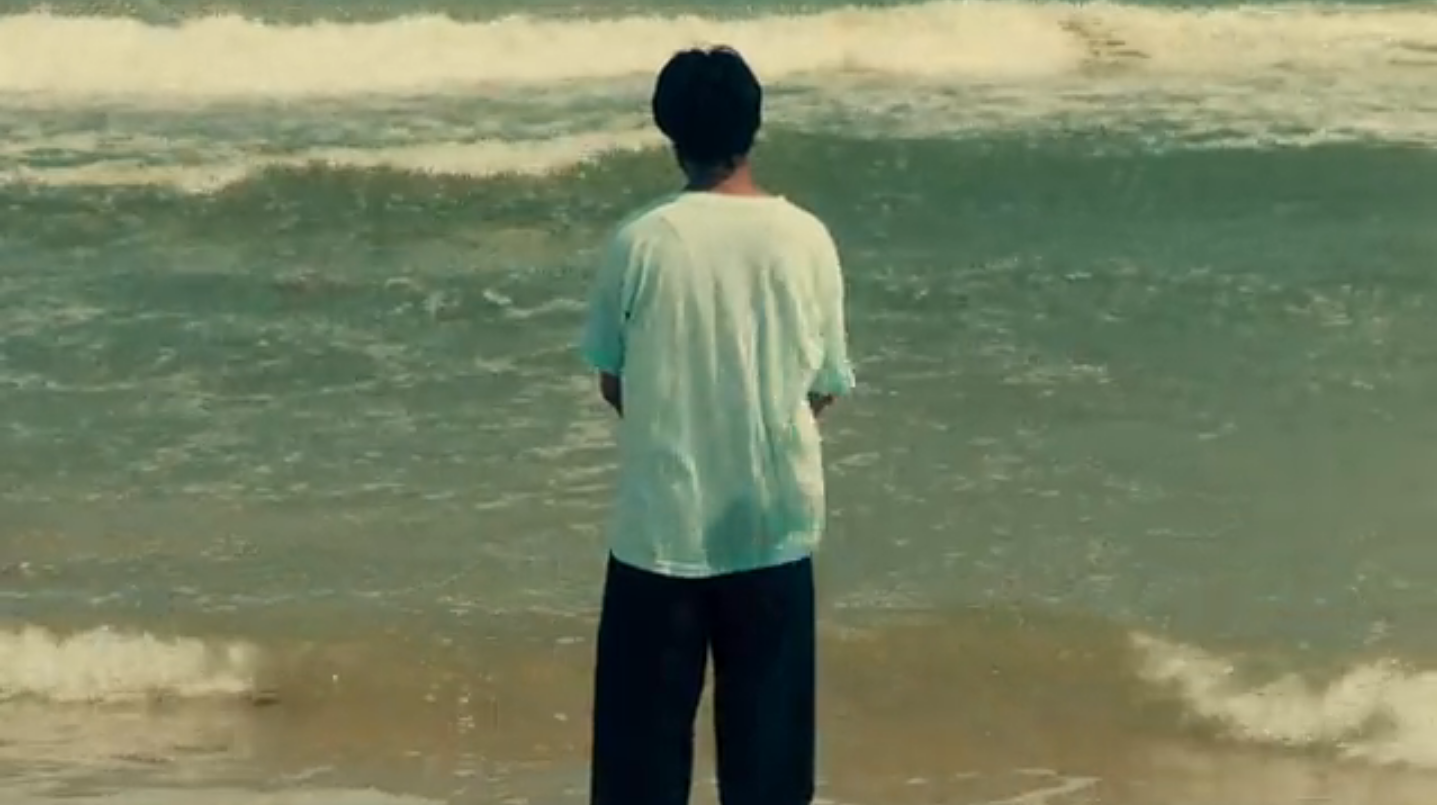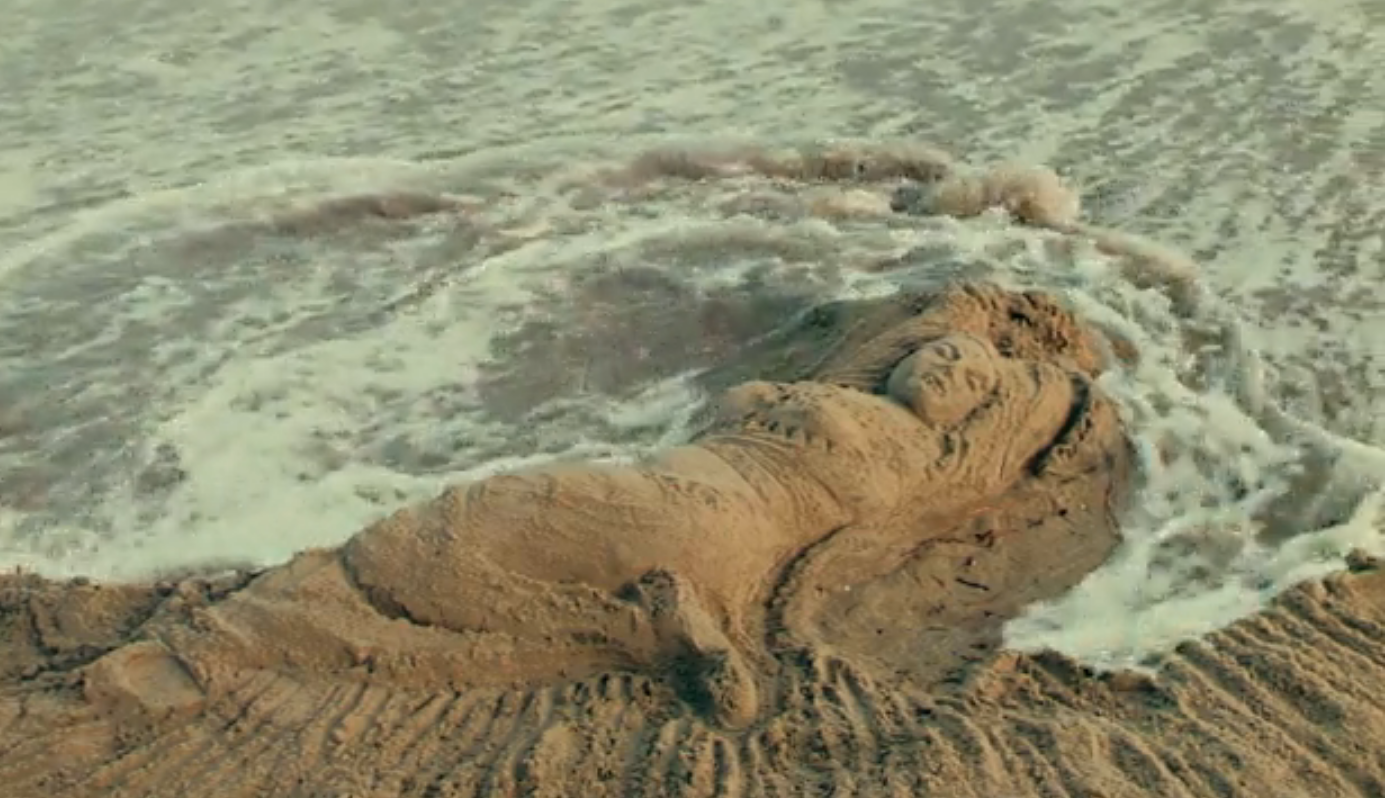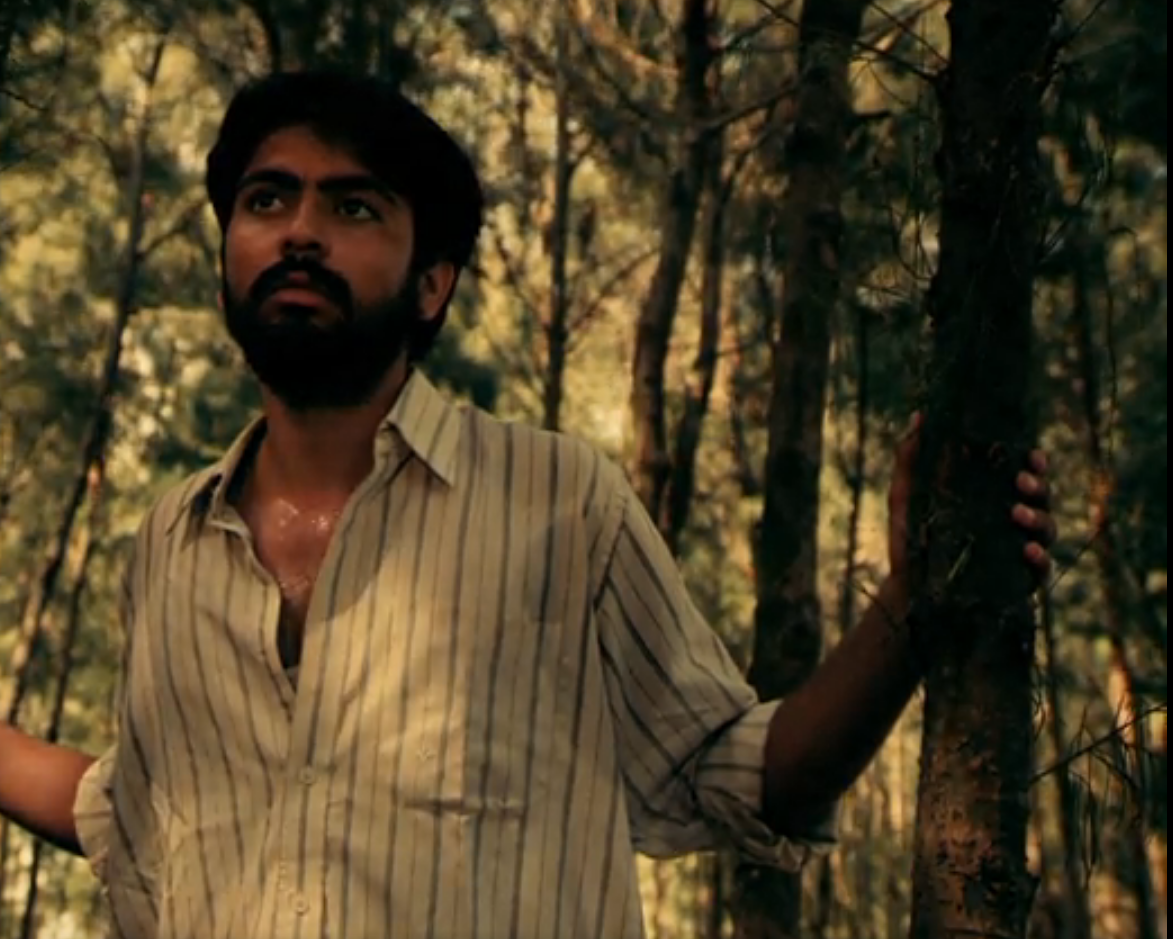Film Analysis: Biswaprakash
The navigation of adulthood and intersectional discrimination is evident in this visually arresting collage of disillusionment and changing landscapes.

Against the backdrop of a pond near a temple, some young boys are singing classical songs of devotion. The lyrics of the song read:
"Dear soulmate, my sweetheart
The intoxicating spring has arrived
The feel of the gentle breeze
The fragrance in the air
The singing of the birds
The blooming of love."
Suddenly, a man jumps into the water. His actions are questioned by a priest, inquiring about his caste persistently. He says nothing and leaves the pool in frustration. The song is an antithesis to the reality of the times we live in. “Can we truly live in a world free of identity? Are we free to love anyone with no inhibitions?”
Later, we learn his name to be Biswa. He is the son of an upper caste Brahmin.
A coastal town is in flux amidst economic liberalization and everybody is trying to keep up with the pace. Inflow of tourists and income and outflow of social order and traditional values. Both exist simultaneously while clashing with each other violently. The dichotomy of the past and the future determines the present lives of the town and its inhabitants. Set in the old town of Puri, Odisha known for its traditional Hindu heritage, the film navigates the coming-of-age of two people as their aspirations of a better life clash with each other and the orthodox ideals posed by their family and the society.
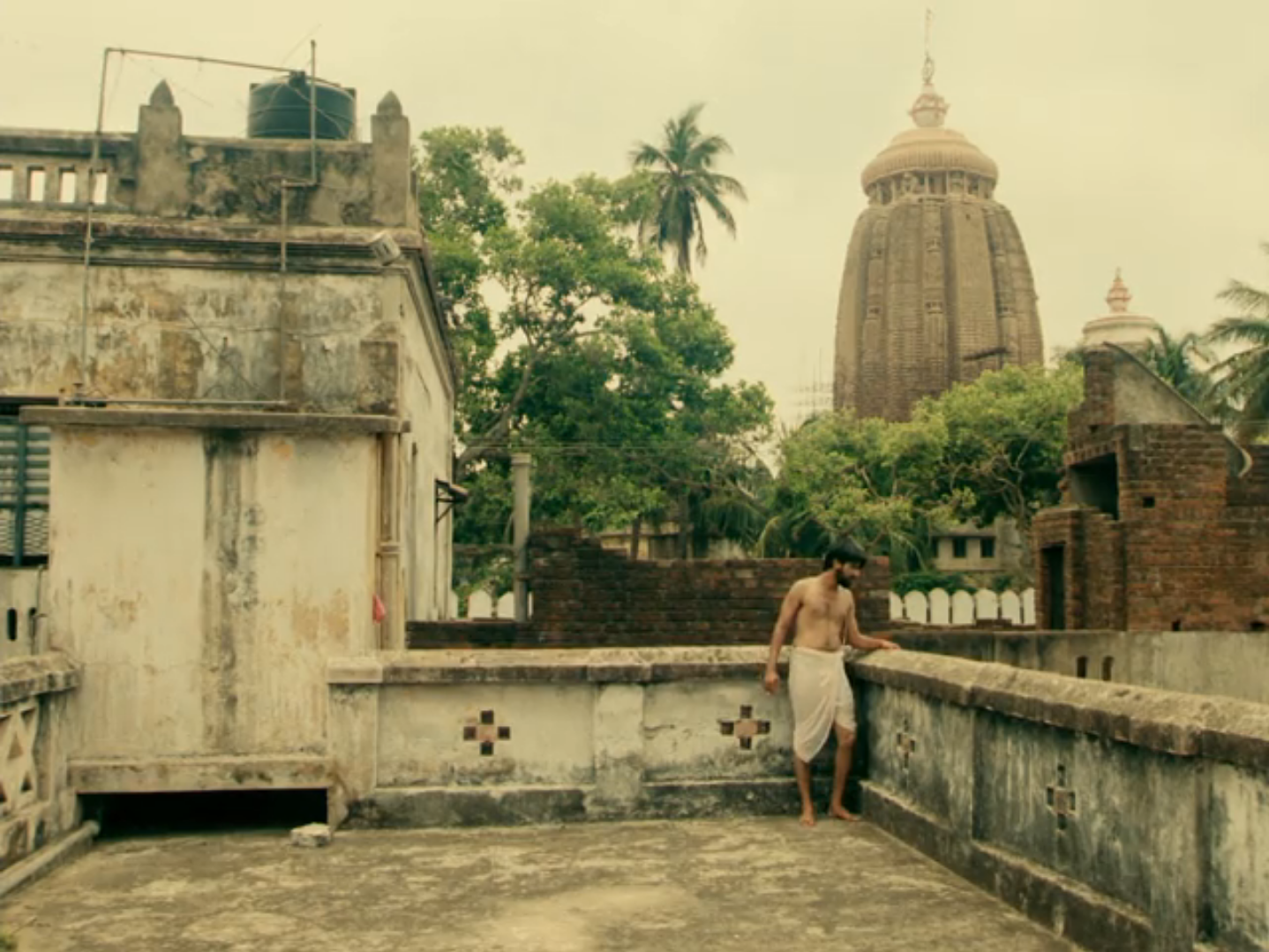
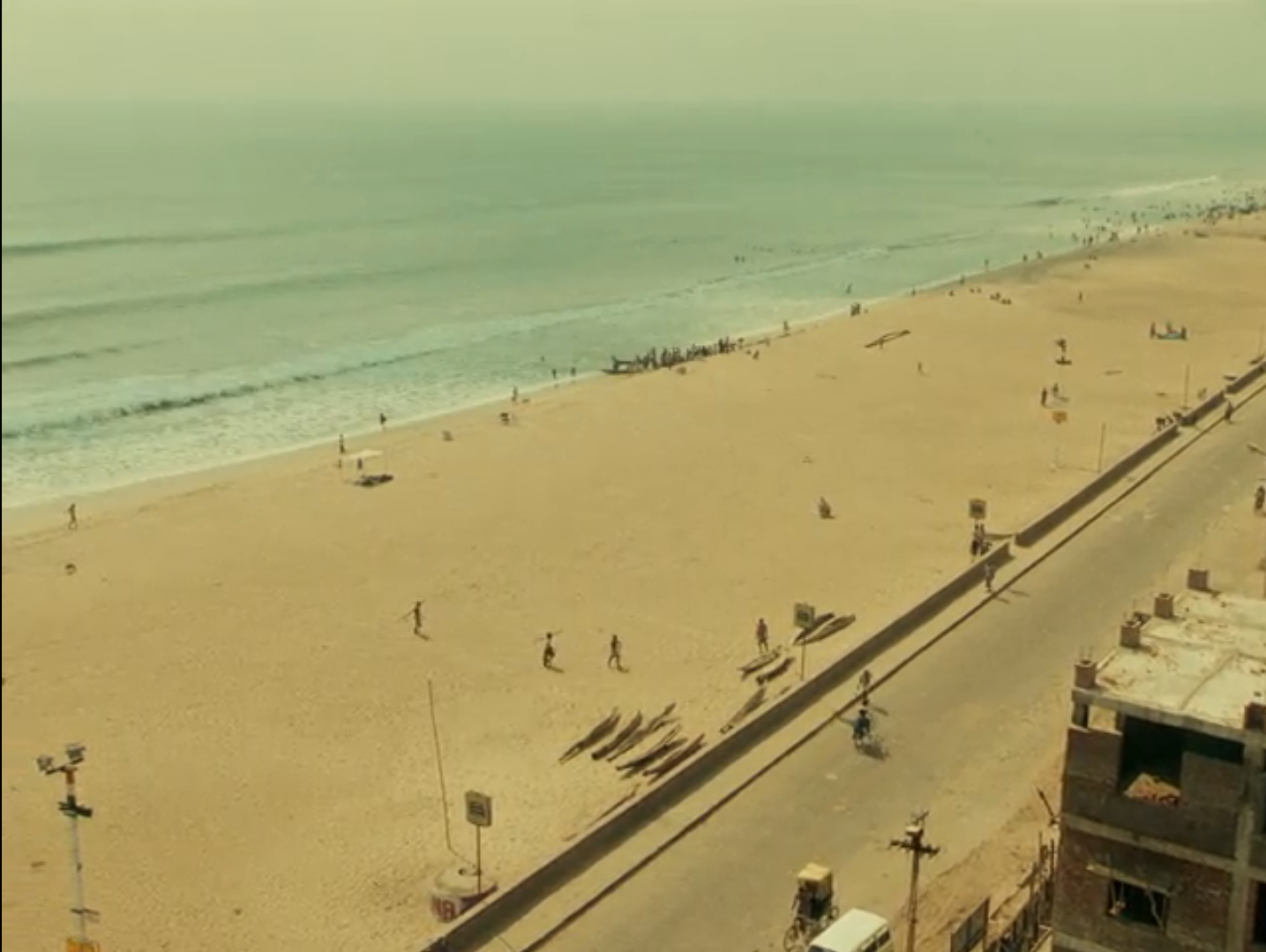
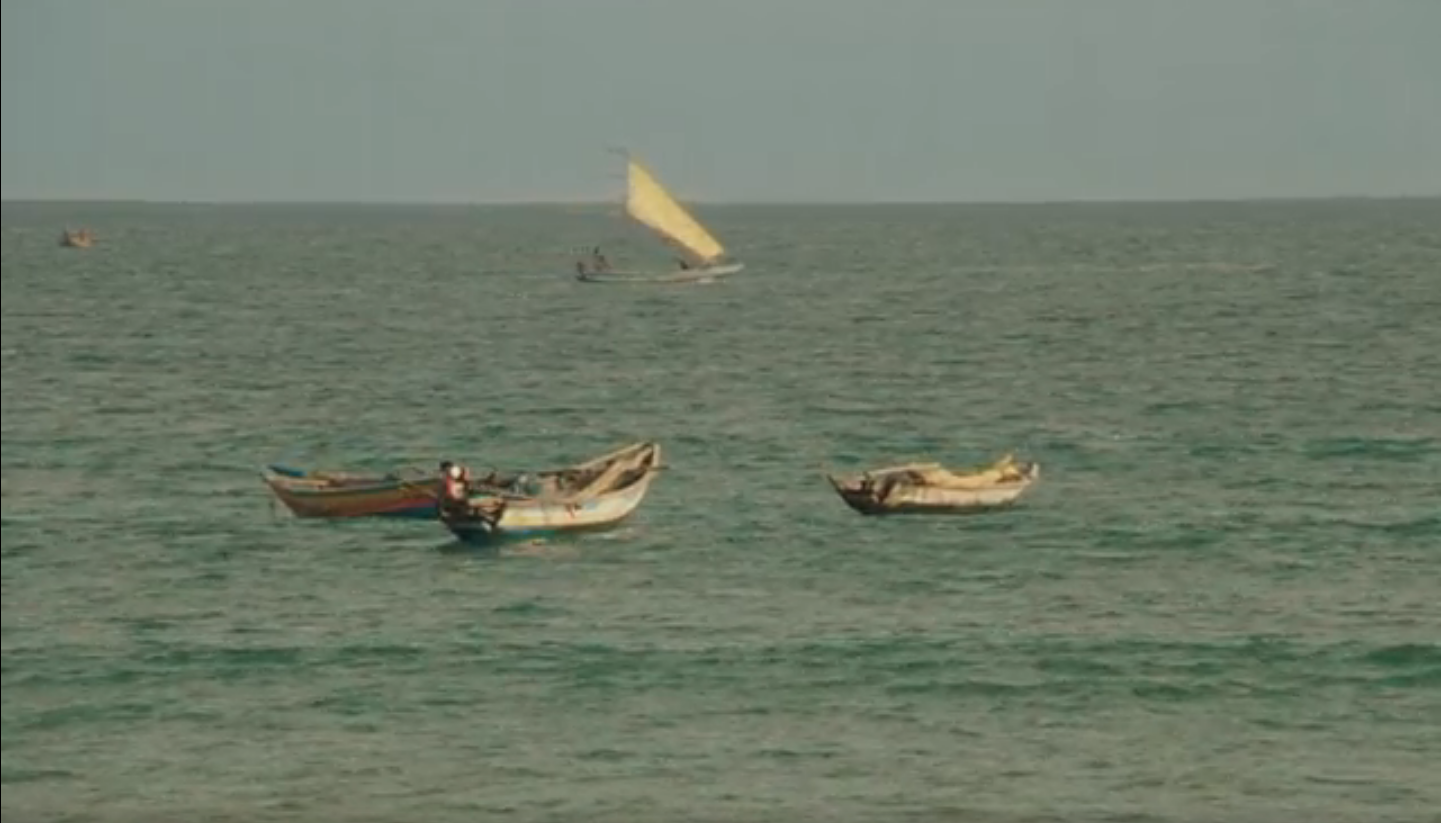
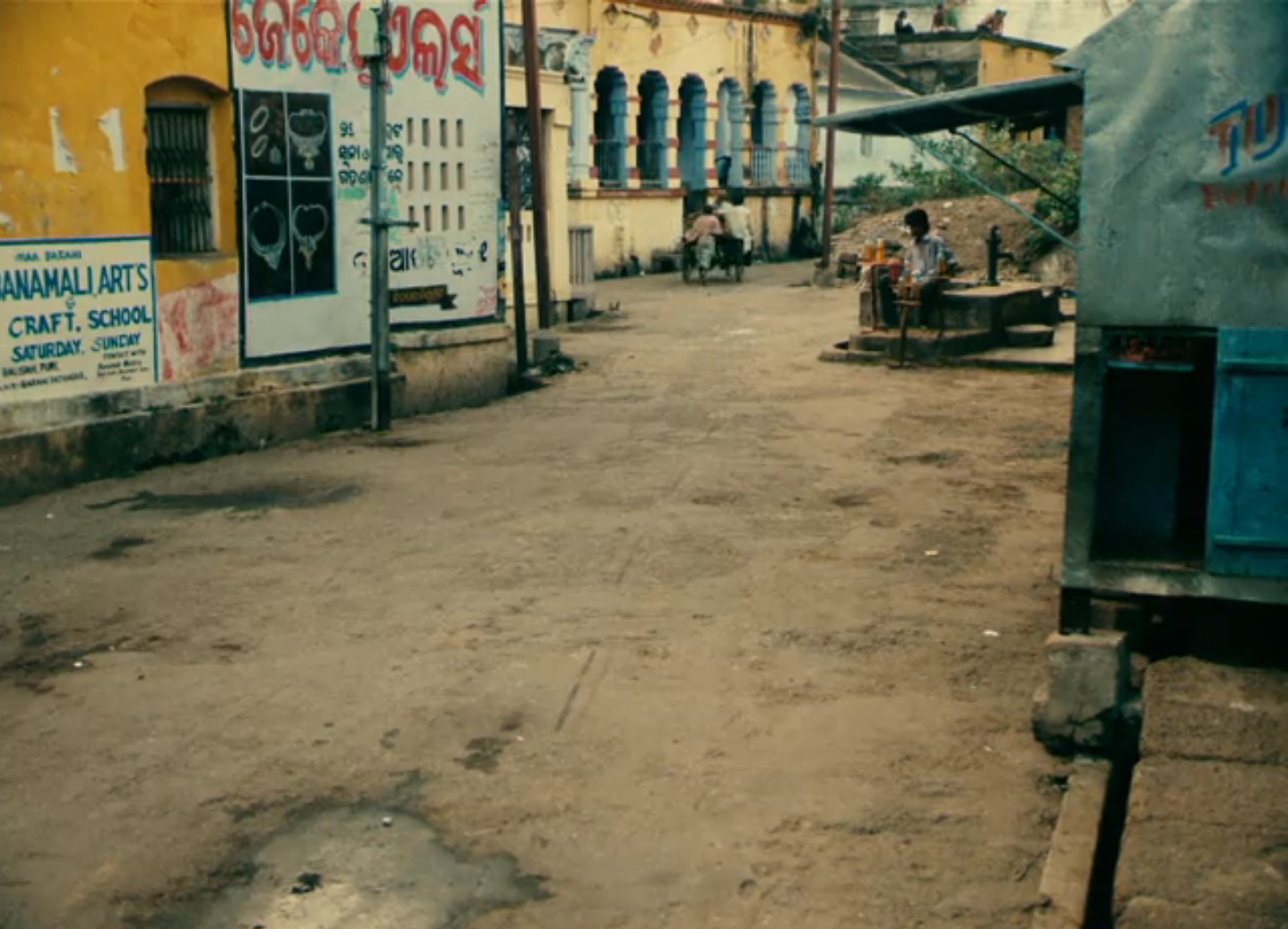
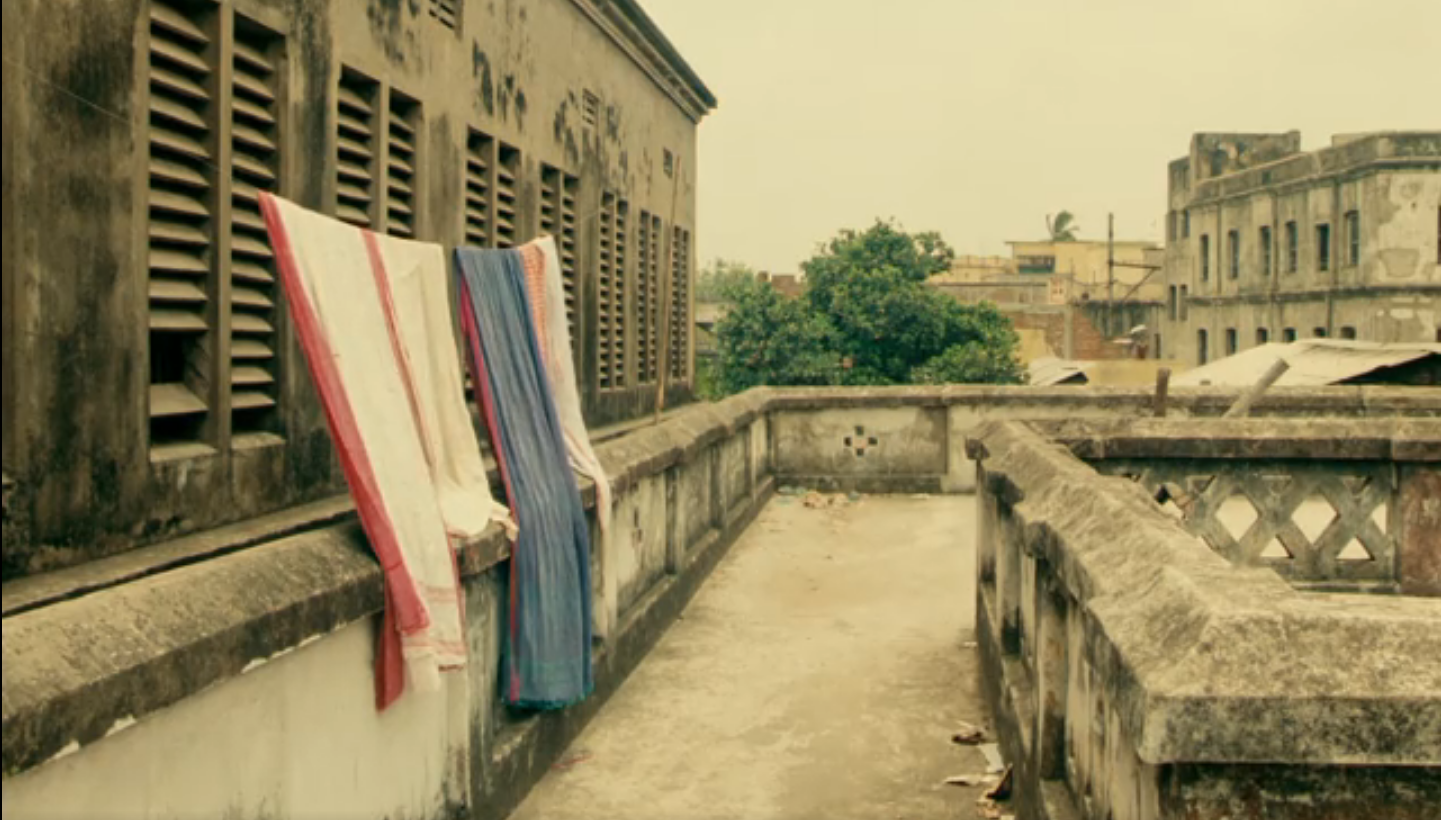
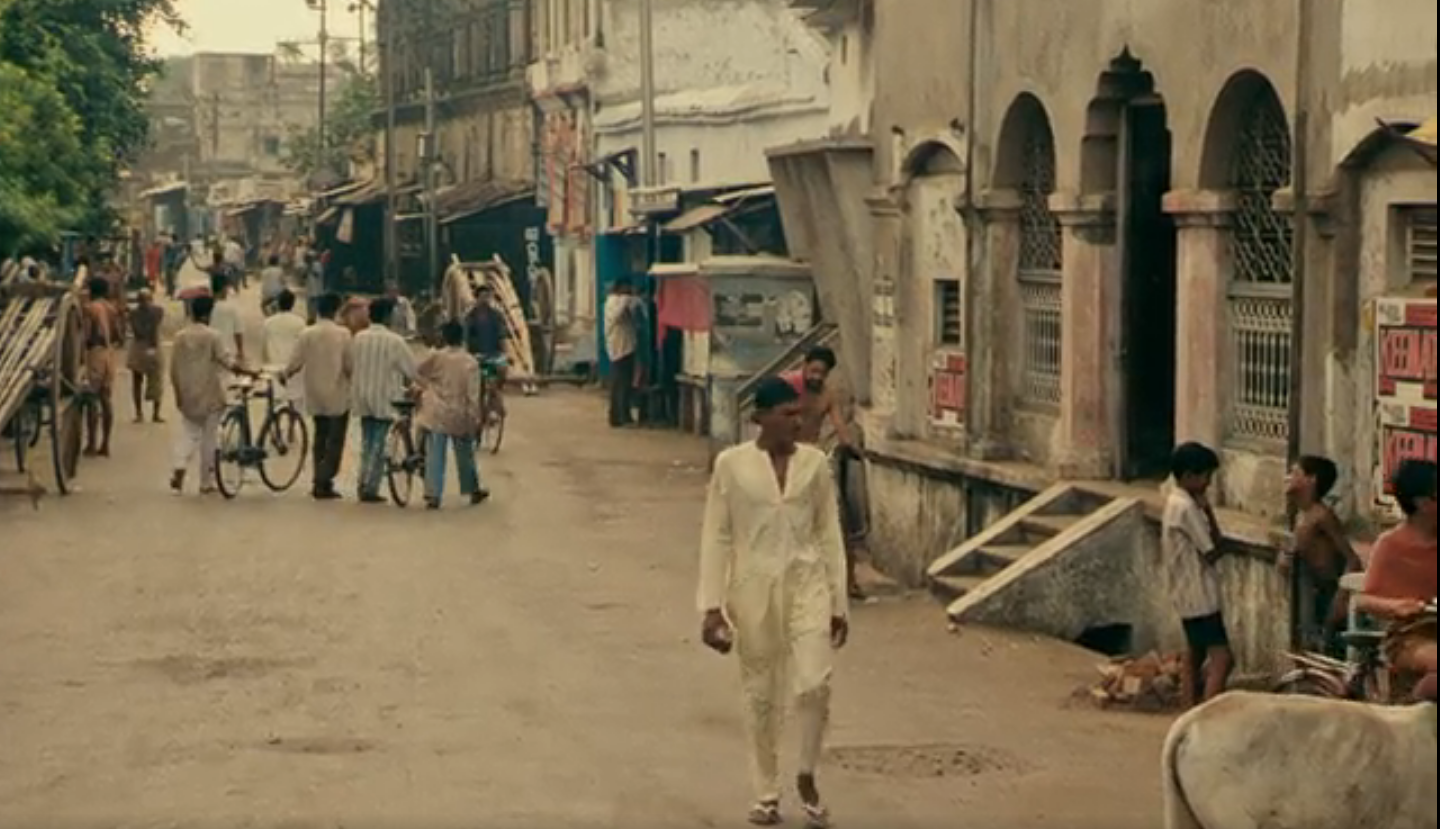



The entire town is a microcosm, frozen in time as we see the recurring appearance of the narrow lanes, staircases, hallways, rooms inside the houses, in broken fragments throughout the entirety of the film. These inanimate elements breathe life into the living beings transitioning between them.
These navigational spaces offer intimacy yet induce a sense of claustrophobia into the lives of the people as they gradually get lost in the sea of modernity and alienation.
While hallways, staircases and narrow lanes imply movement, doors, archways and gates convey a sense of stillness, evident in the way the characters interact with one another. The doors and the hallways are markers of escapism and exploration away from the usual humdrum of life. We rarely get to witness conversations inside a room. Whether it is the blossoming of a new friendship or an argument about clashing values, the doors and hallways frame its occupants. Only matters pertaining to family and tradition are given its due importance inside the rooms.
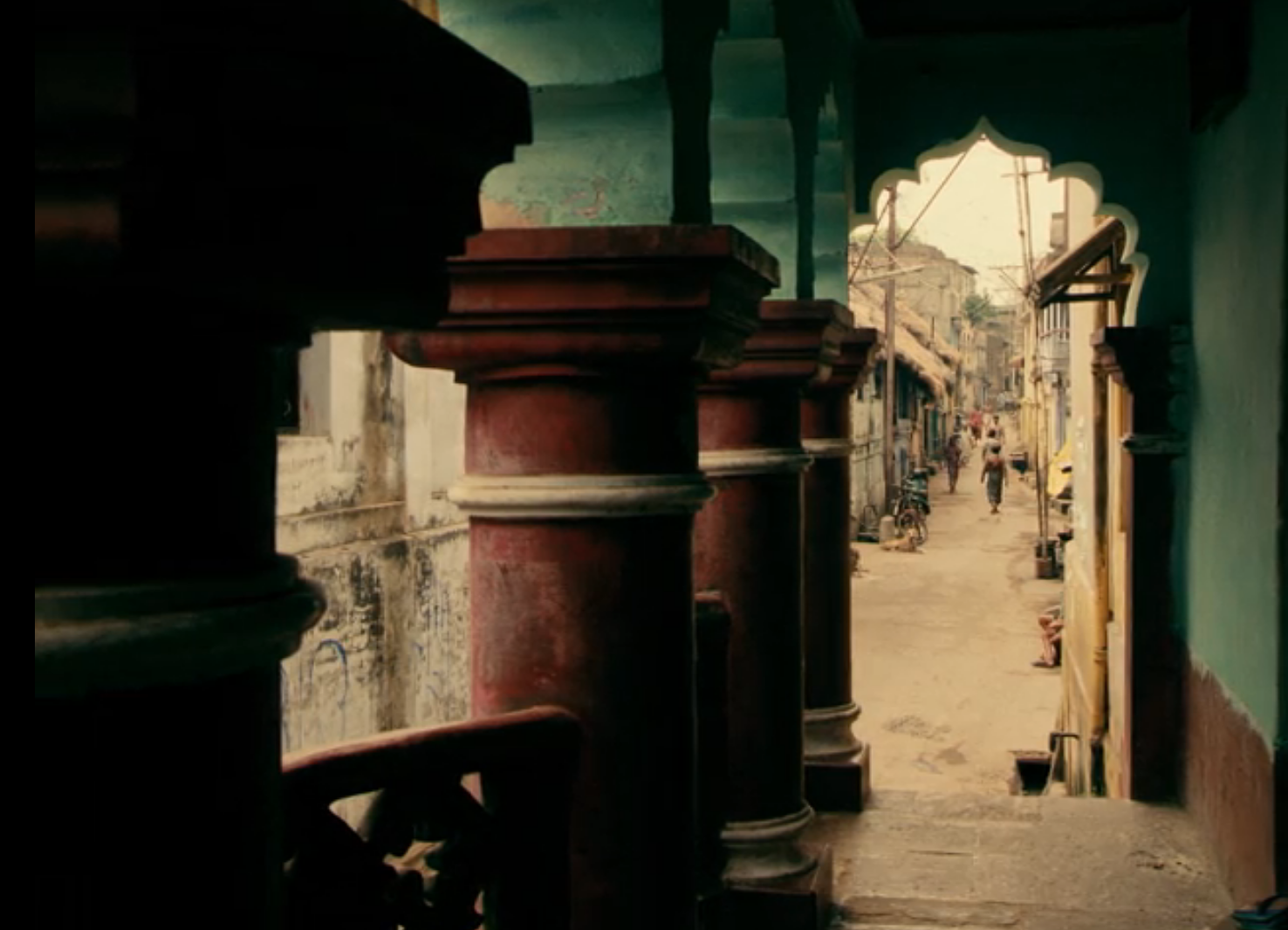
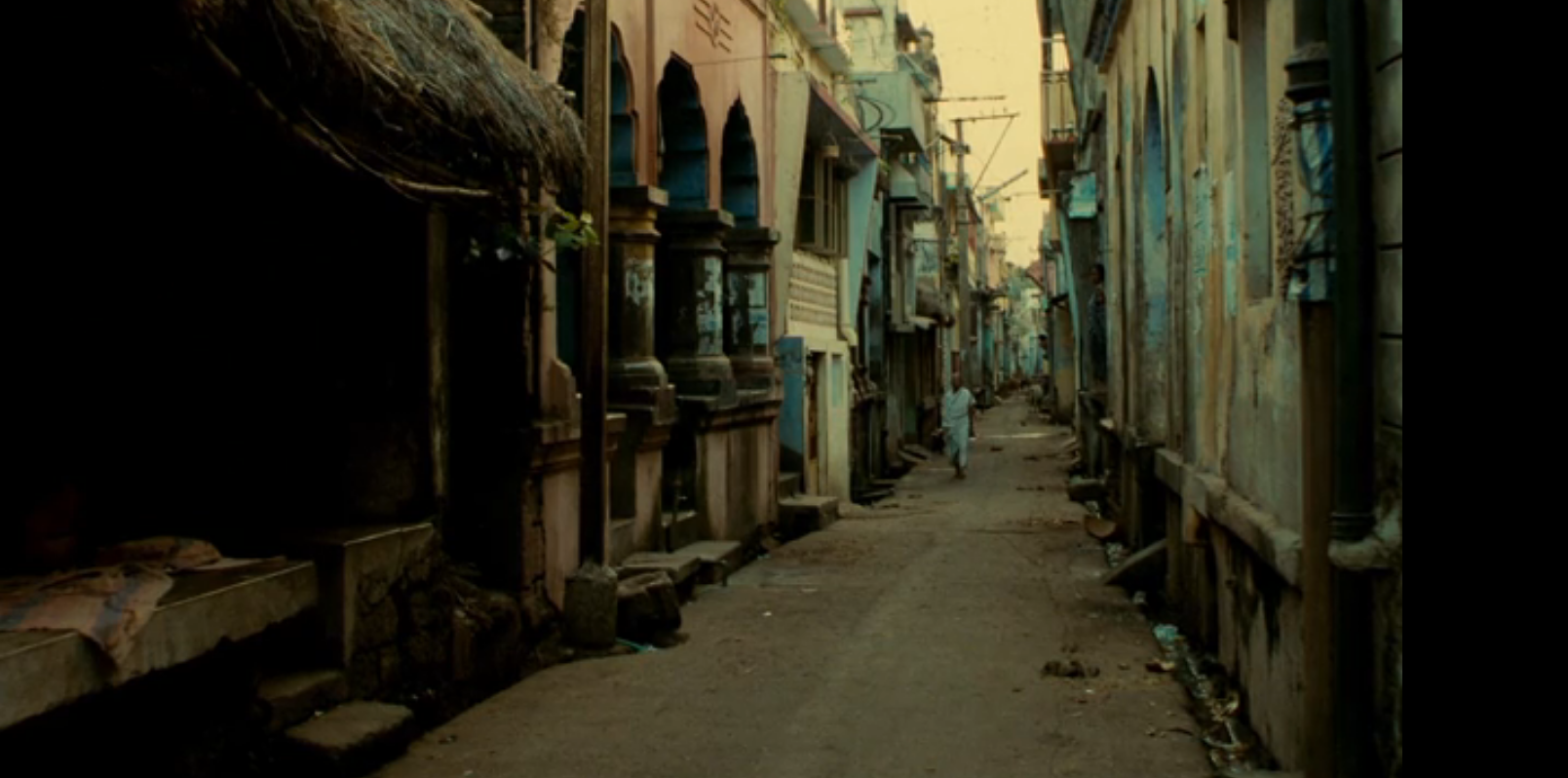
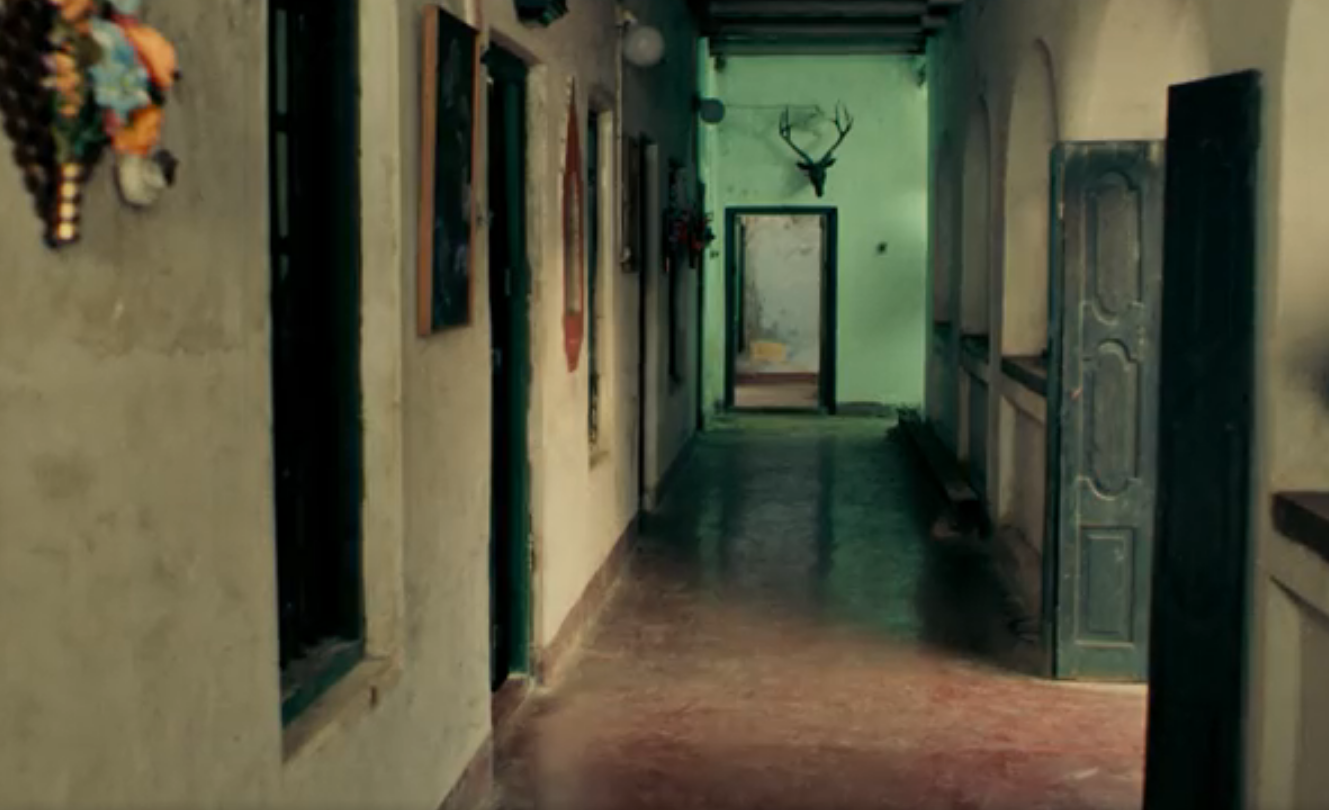
The four walls induce a sense of confinement by tradition while in the nooks and corners of the lanes and roads, you will find people discussing their uncertain futures, running illegal businesses and even dropping their masks of virtue and truthfulness.
There is a rhythmic contrast between the extreme wide shots of nature, be it the waves or the swaying coconut trees and the tight frames of humans struggling their lives away for livelihood and survival- sharecroppers harvesting paddy, fisherfolk community after a day’s trawling. Everyone is trying their luck at the turn of the century.
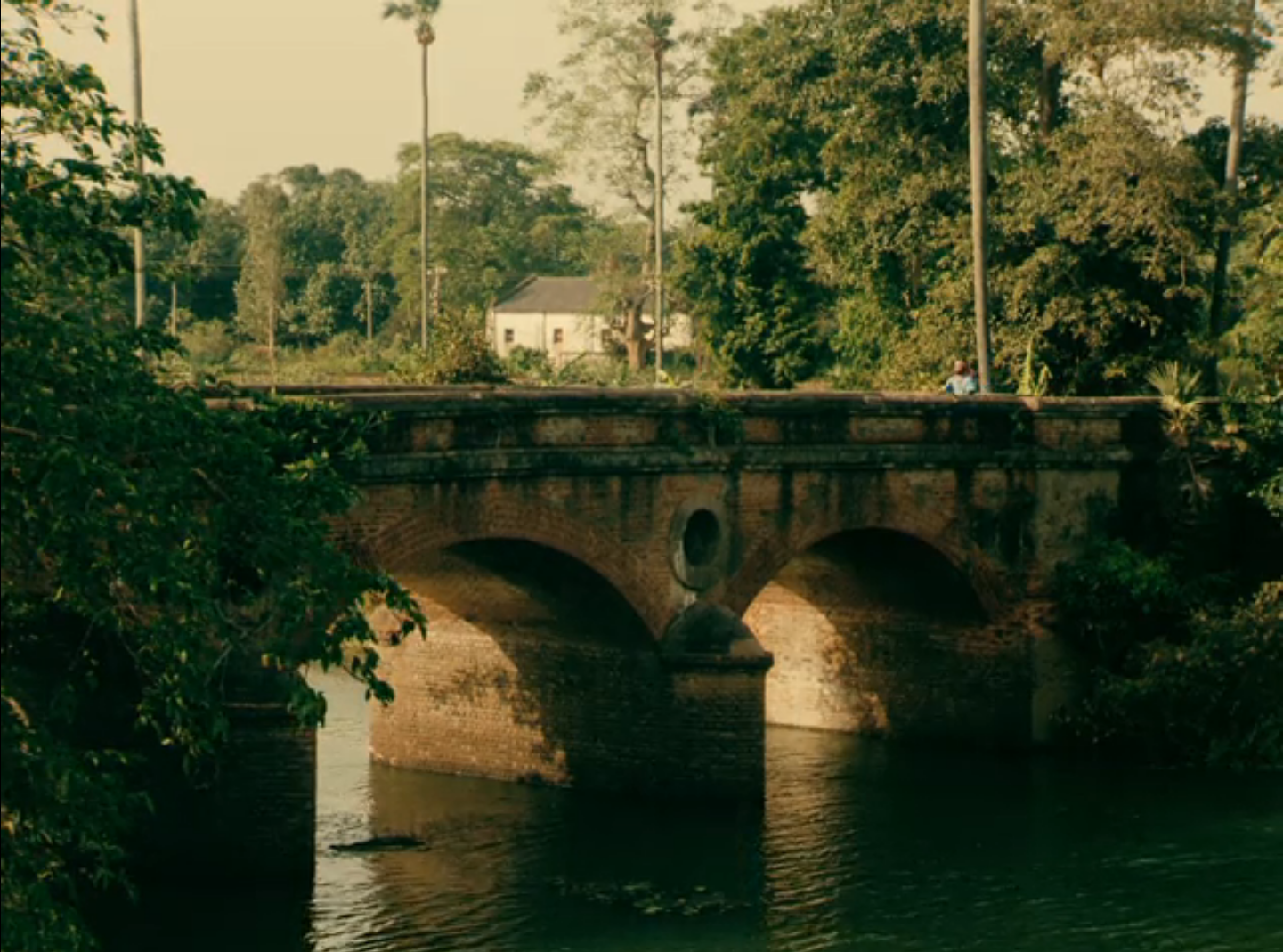
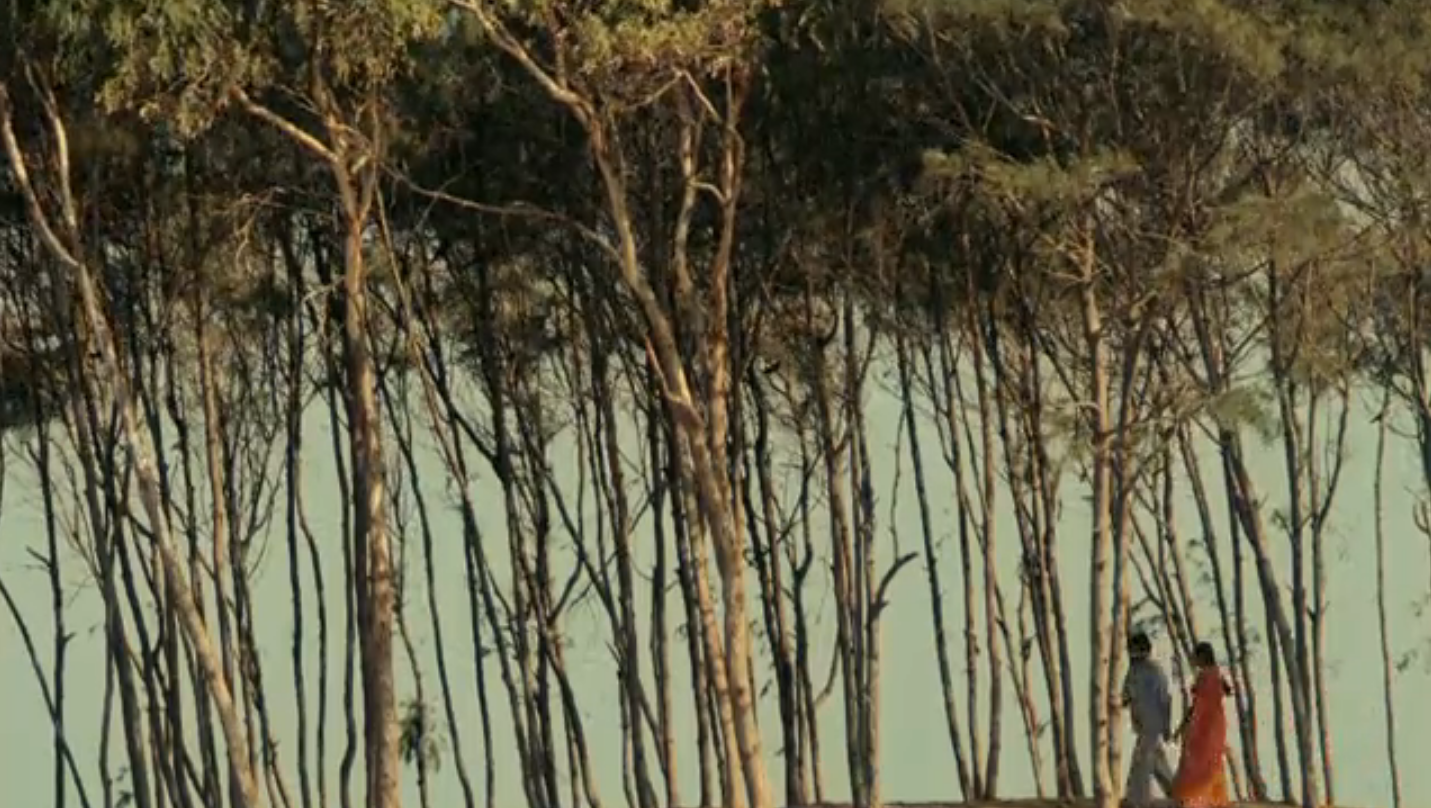
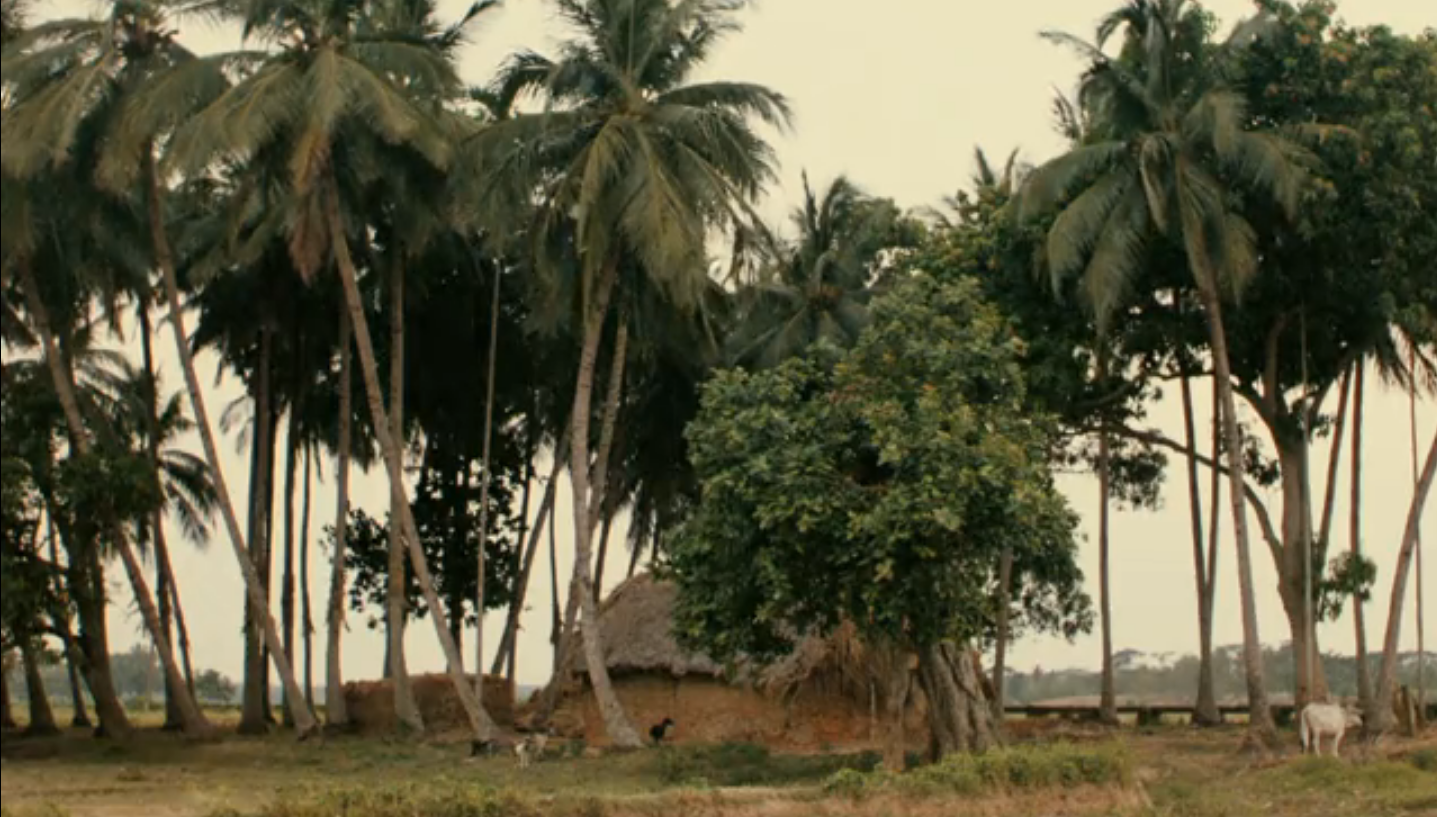
Biswa is always in motion, albeit erratic. He takes extreme caution while treading in silence inside his house. He glances through the curtains everytime he enters so as not to be confronted by his father about his future. While he stays silent in front of his father, there is a brash display of attitude for the female members surrounding him.
He makes fun of them, orders them around, shouts at them, and finds the slightest excuse to escape the confines of his house. He roams late in the night or even sleeps safely on the streets without no hazard. "Let’s See" is his rhetoric to every question regarding his future. He critiques everything that poses a hindrance to his freedom, yet he is clueless about his wants and where he wants to escape for the remainder of the film.
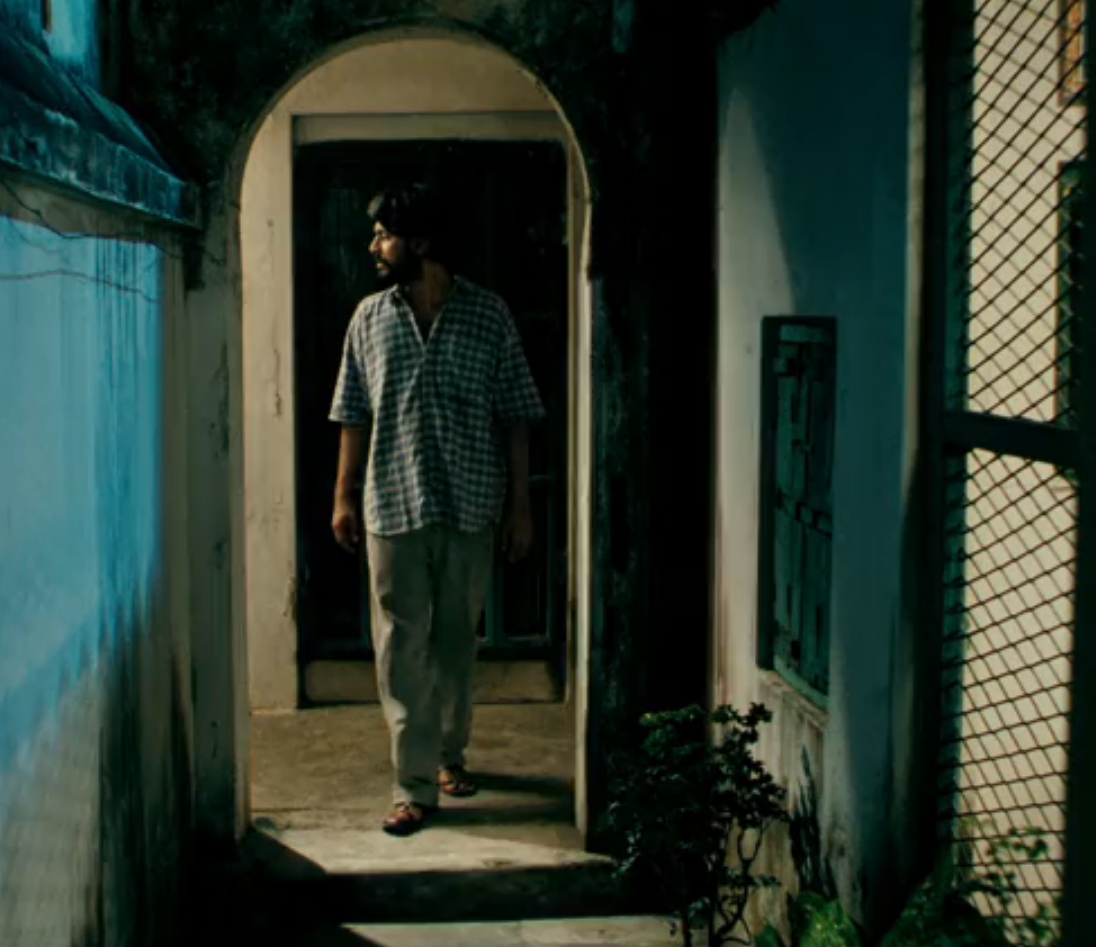
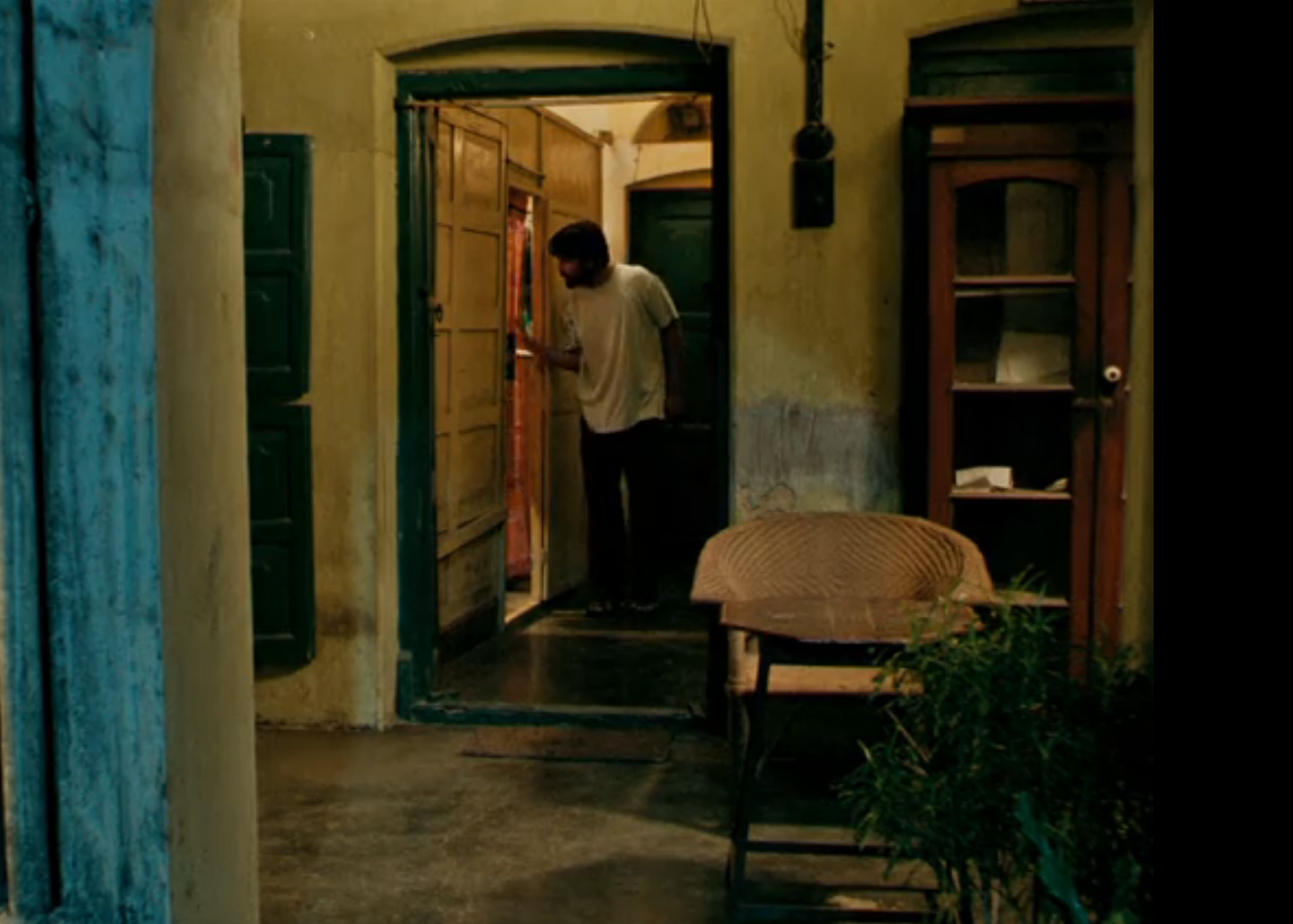
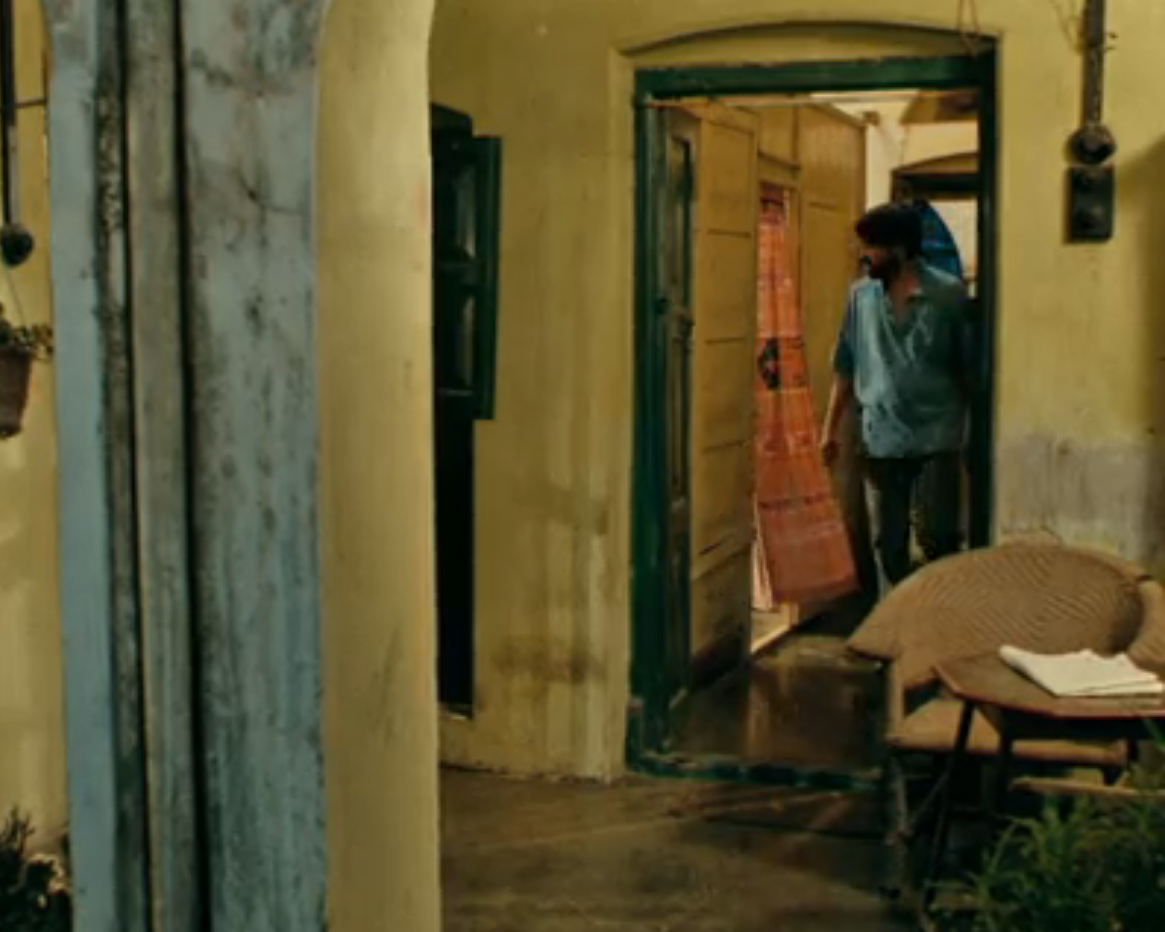
“The freedom in exploration of one's adulthood for an upper caste Indian male versus an Indian woman from any background is deeply differentiated by their social mobility and access to opportunities. "
We see a significant contrast in the aspirations of Biswa and Anjali, who unlike, him is a strong, independent woman willing to take risks to expand her business. She runs her dilapidated traditional house as a lodge for travelers with the occasional help of Biswa and expects him to help her with the business, but he is least bothered about it. While she offers him an equal business proposition, he refuses it because he is afraid of what people will think of him for partnering with a woman.
Despite her limited social mobility because of her family circumstances, she is not afraid of dreaming big and is clear about what she wants from life. She is practical and aspirational and wants security over freedom to provide for her family. While he makes fun of her dreams and opinions of other people, he comes to her when he needs any form of financial and emotional support. There are hints where she may have affections for Biswa but she never holds him back because she knows he has different aspirations in life.
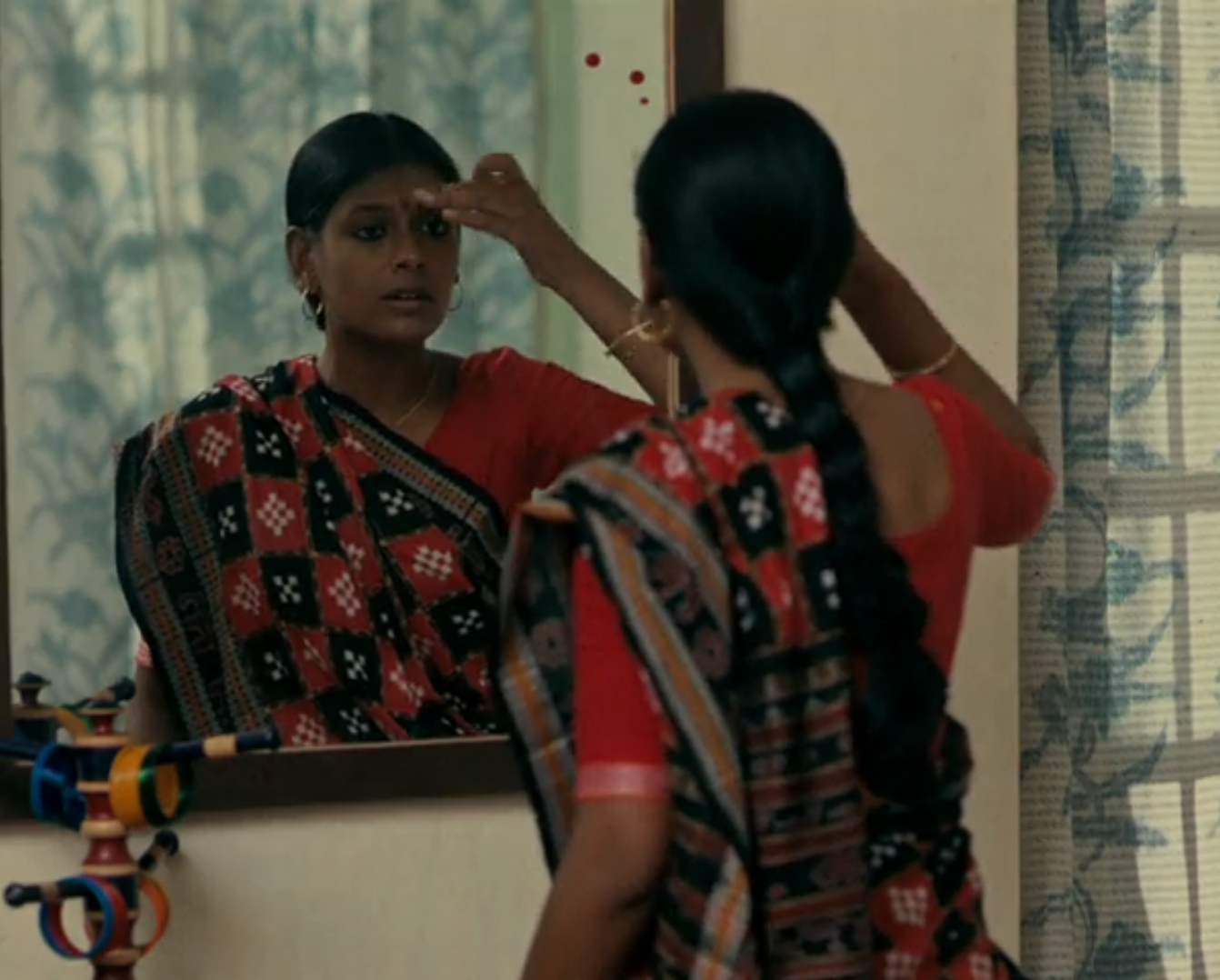
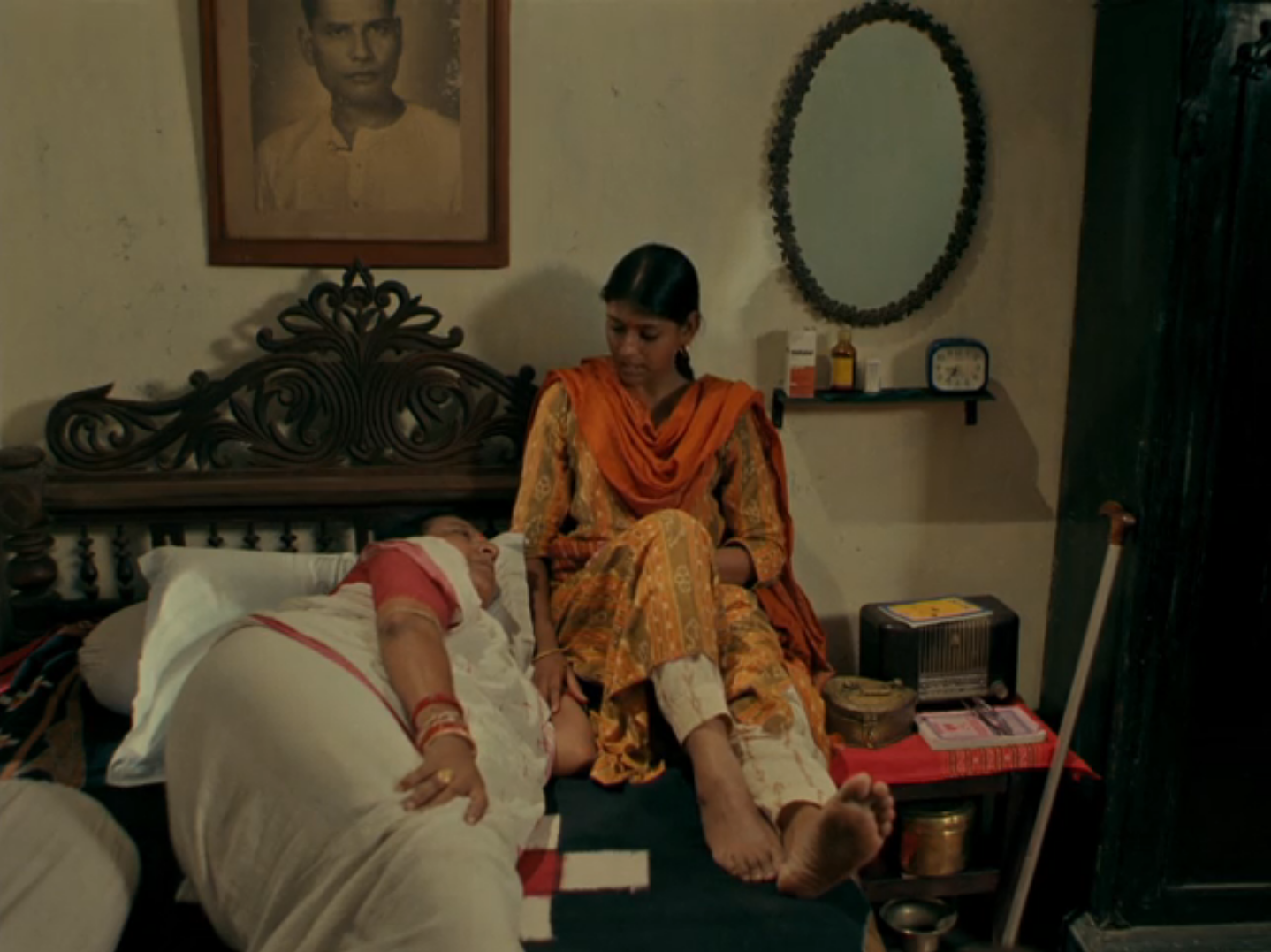
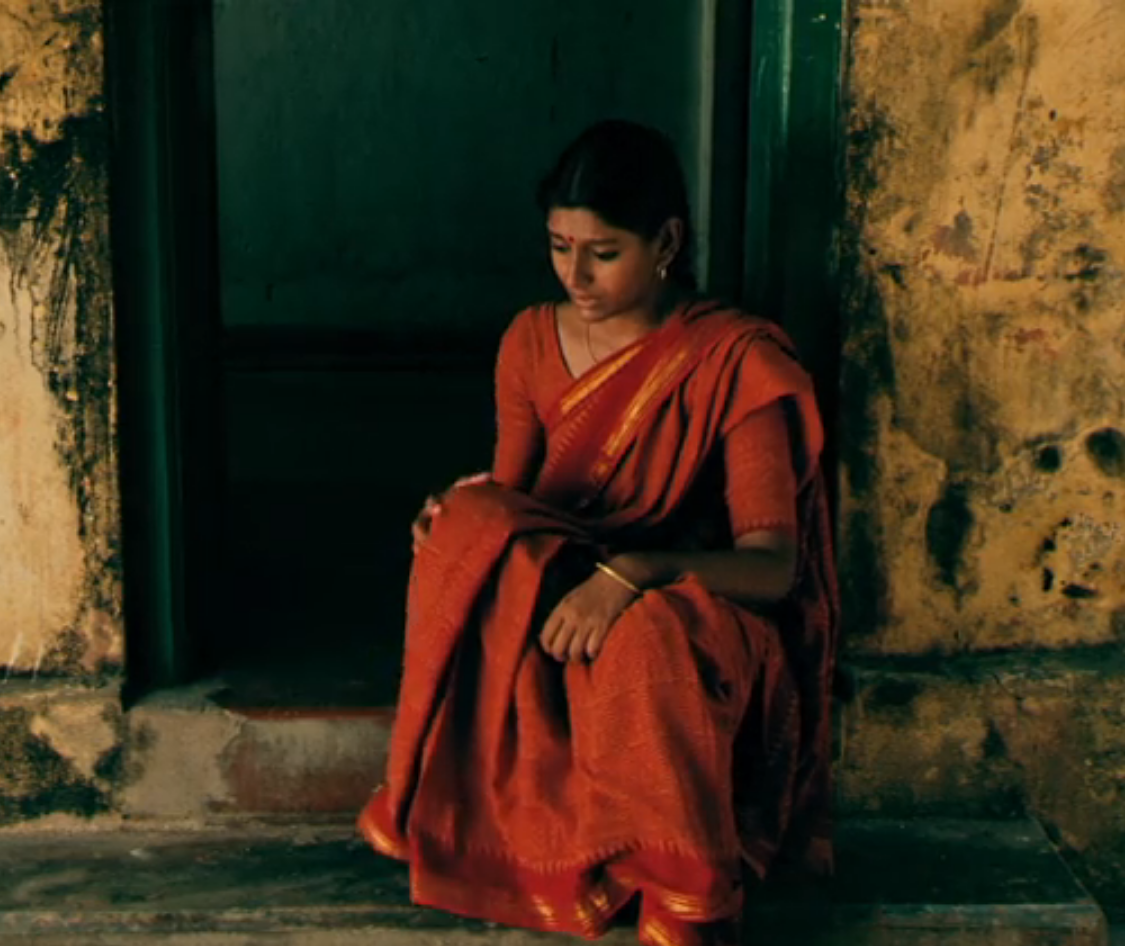
The quality of cinematography is not only determined by its aesthetics but the multiple layers of elements we bring into the composition to enhance its depth. Certain shots of the film unfold in three layers equally in focus (a.k.a. deep focus) implying the importance and interaction of the elements with one another. As much as filmmakers focus on an action in a singular plane to avoid the audience getting distracted, these shots immediately reminded me of the classical film Citizen Kane, employing deep focus to show three different actions simultaneously. These actions merge well with the shots to show people forever in motion and transience.
The entire tone of the film is on the warmer end, evoking nostalgia of an ever changing coastal landscape. While new landscapes may come into emergence, does the change hold true for the old lives of the people inhabiting it? Although there were dialogues, it felt that the film could be watched without any spoken language because the shots employed effective use of elements to convey the desperation of the characters trying to escape or make it big in the rapidly changing world of consumerism.
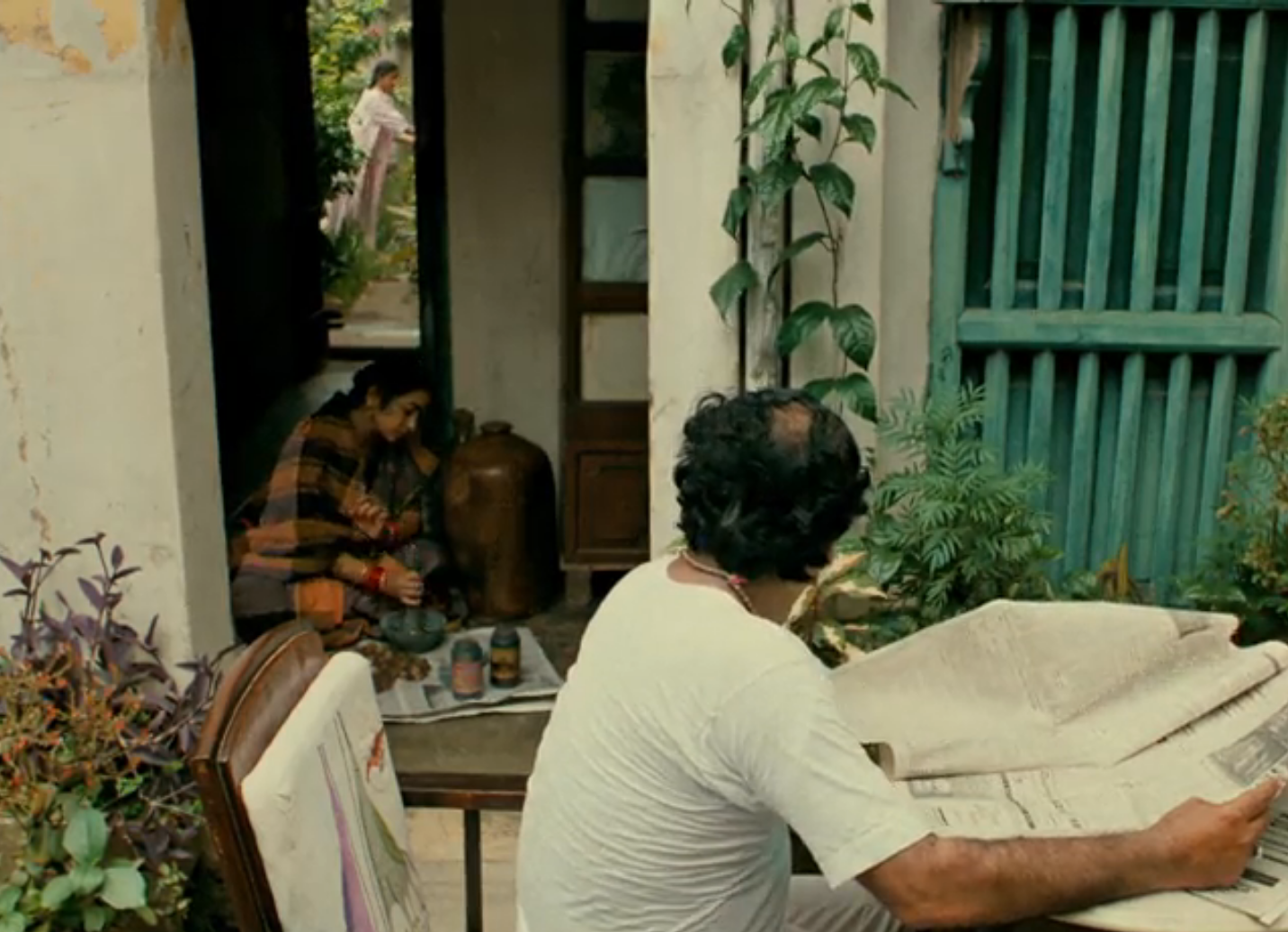
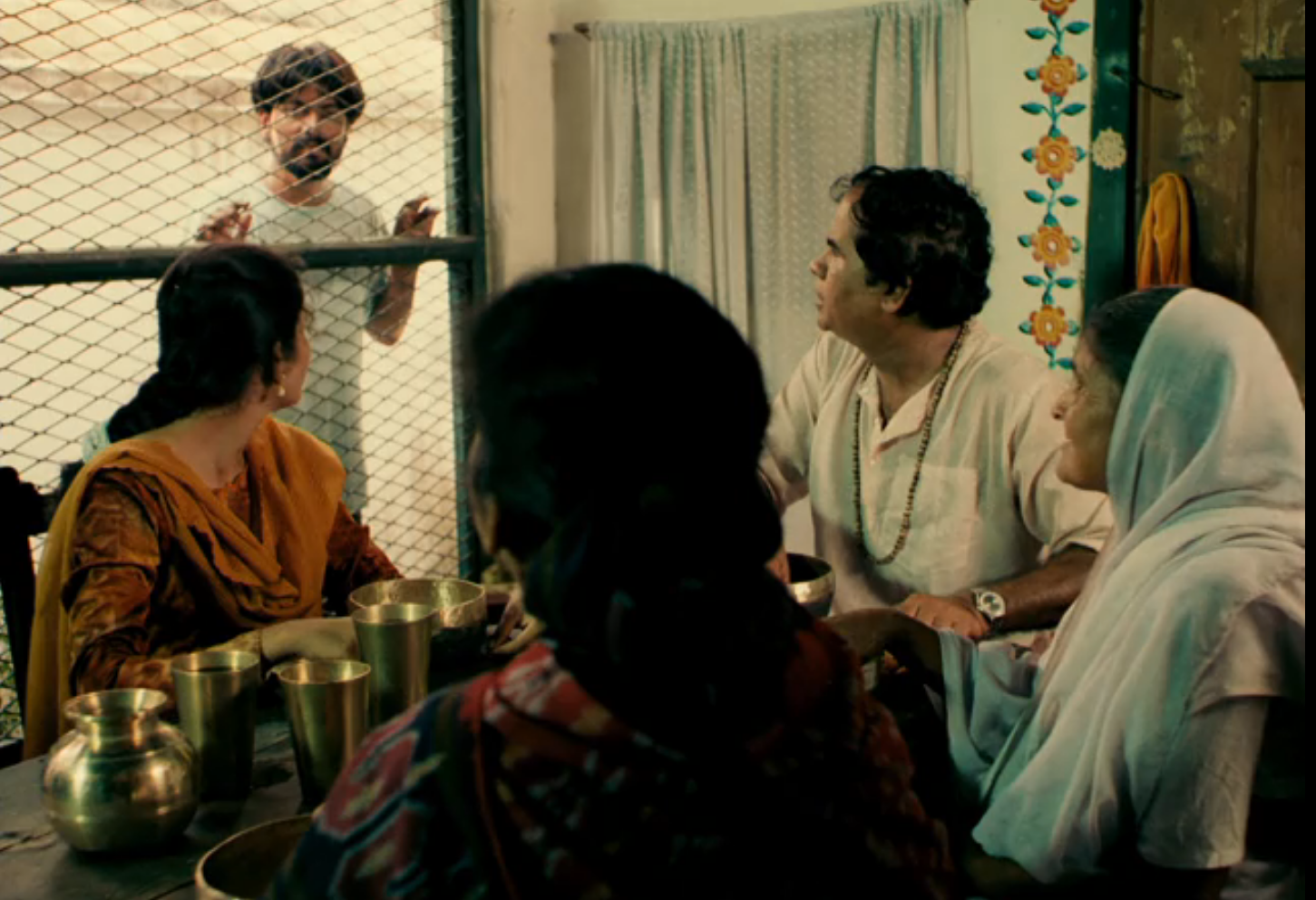
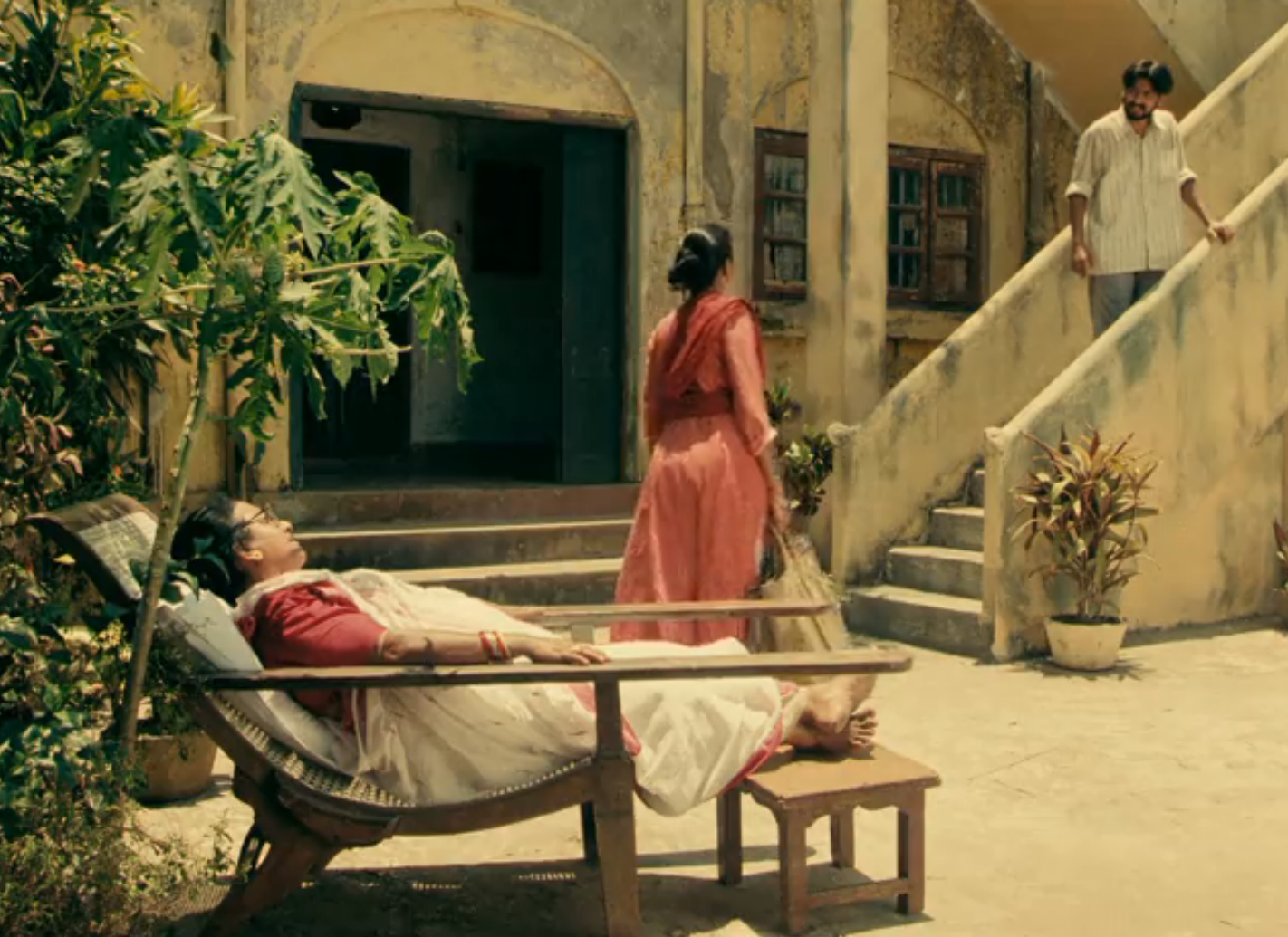
As Bishwa slowly experiences increased alienation from his family and friends over time, he seeks the ocean. He resorts to the fishing business, hoping to make a decent income but fails miserably. He turns to religious rituals that he hated hoping to change his so-called destiny.
There is no luck until his hope for escape comes in the form of June, a white tourist at the beach. June is a free soul traveling all over the world, currently on her next destination in Puri. She is wary of Bishwa first but gradually warms upto him. He thinks of her as independent and free without any worries of the world. She is the wings for him with which he can finally fly out of his drudgery. While he believes it is love that will finally liberate him, for June, he is just another stranger for whom she has uncertain romantic affections. His life comes to a standstill when she ghosts him out of the blue. All that remains is a polaroid photograph of them being together in the happier times. He is unable to come to terms with the abandonment just like he abandoned his aspirations, his family and Anjali. All his hopes etched on the sands of time have been washed away by the waves, a constant reminder that nothing lasts forever: not even freedom and suffering, illustrated by the song played in the end.
"Oh dear, there is no meaning in love.
There is only humiliation all around,
Love is like poison,
Without knowing I mistook it for nectar,
Now only I can await death.
There is no meaning in love. "
The orthodox ideals of the caste system are so deeply rooted in Odisha that one can see its stark pervasion across history, food, politics and cinema and almost everywhere. Overshadowed by the constant dominance of the coastal narratives in contemporary history, the cultural discourse is steeped in male chauvinism and religious subjugation while holding women and other marginalized communities accountable to being part of such a system. The film Biswaprakash has taken a nuanced yet effective path to demonstrate the perils of coming-of-age at the crossroads of orthodox and modernity and the access to social privilege across caste, class and gender.
Film in Focus: Biswaprakash
Language: Odia
Directed and edited by: Susant Misra
Cinematography: Jugal Debata
Music: Vikash Das
Starring: Nandita Das, Sanjeev Samal
